
GHL Hotel Lago Titicaca
Isla Esteves s/n, Puno
 8.8 |Excellent
8.8 |Excellent 4 |Very good
4 |Very good

Lake Titicaca is the world’s highest navigable lake and one of South America’s stunning natural wonders. The deep blue of the water seems to meld with the sky and a ring of snow-tipped peaks creates the remarkable sensation of floating atop the earth’s highest elevations.
It’s possible to visit the lake from its shores in Peru and Bolivia, but many travelers start their exploration from Puno on the Peruvian side of Lake Titicaca. Renowned for its annual celebration, Fiesta de la Virgen de Candelaria, the town of Puno is where you catch a speedboat for an island-hopping experience without equal, including opportunities for cultural exchange with local families.
Amid this lake are the mesmerizing islands of Taquile, Amantani, and Isla del Sol which protect ancient ways of life and pre-Inca ruins. In the case of the Uros, the reed islands are woven by hand and float upon the surface of the lake!
Lake Titicaca resides in the high plain Altiplano region with a semi-arid climate. Daytime temperatures average between 60ºF to 65ºF (15ºC to 18ºC) throughout the year. At such a high elevation, night temperatures drop in the region, so pack a jacket to keep warm. Snowfall is very unlikely.
Dry Season Vs. Rainy Season

The peak travel season is during June, July, and August. These months are at the heart of the region’s dry season and what many consider the best time to visit Lake Titicaca.
The shoulder season falls between the rainy season and peak dry season; April to May and September to November. The weather during these months is pleasant and there are fewer tourists. April and May fall after the tail end of the rainy season and are particularly beautiful months to visit Puno because the surrounding landscapes are green and flowers are in bloom.

Long before an imaginary line was drawn through Lake Titicaca, establishing its Peruvian and Bolivian halves, the ancient cultures of Pukara, Tiahuanaco, Colla, Lupaca, and Inca lived along its shores. Sometimes they coexisted peacefully, while other gaps in history are marked by periods of conflict.
Lake Titicaca was sacred to the Inca. According to legend, Viracocha, the Inca god of creation, emerged from the depths of Lake Titicaca and created the sun, the moon, the stars, and mankind. This marked the birth of the Inca Empire and its great expansion across the Andes and beyond.
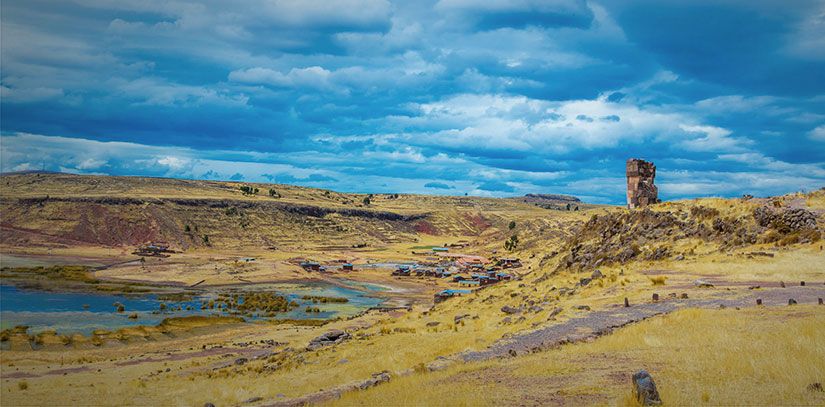
The Spanish conquest of the Inca Empire transpired from 1531 to 1533. Francisco Pizarro and his troops led the fight to dismantle the Inca rule in Cusco. Shortly thereafter they arrived in Lake Titicaca on a mission to colonize southern Peru. Interest in the region was also fueled by gold and silver, which led to violent conflicts during the mid-1600s over power over the mines.
Puno city was established in 1668 as the capital of Puno Province of southern Peru. The Catholic influence brought by Spanish colonialism is echoed in the grand churches that still line the streets of Puno and the colorful mixture of Christian beliefs paired with native Aymara and Quechua dances from the region. Today, Puno is celebrated as the folklore capital of Peru and its past and present are largely influenced by its alluring neighbor, Lake Titicaca.
There’s no denying that the cultural makeup of Lake Titicaca is a layered one, and uncovering the differences and similarities between the island communities is part of the fun. Listen closely during your tour to different islands and you’ll likely hear two foreign languages that aren’t Spanish: Quechua and Aymara.
Centuries ago, the Uros people abandoned their homes on the mainland to establish a way of life on floating islands amid the waters of Lake Titicaca. Today resident families welcome travelers to their floating homes. The Uros Islands are more touristy than other Lake Titicaca islands, but this doesn’t mean they aren’t worth visiting.
Locals greet you as you take your first steps on the soft and springy island surface. Torta reeds are the main building-block of their homes. During your stay, locals explain the regular upkeep their reed homes require and show you how they weave the reeds together to build their thatched homes, furniture, and canoe-style boats.
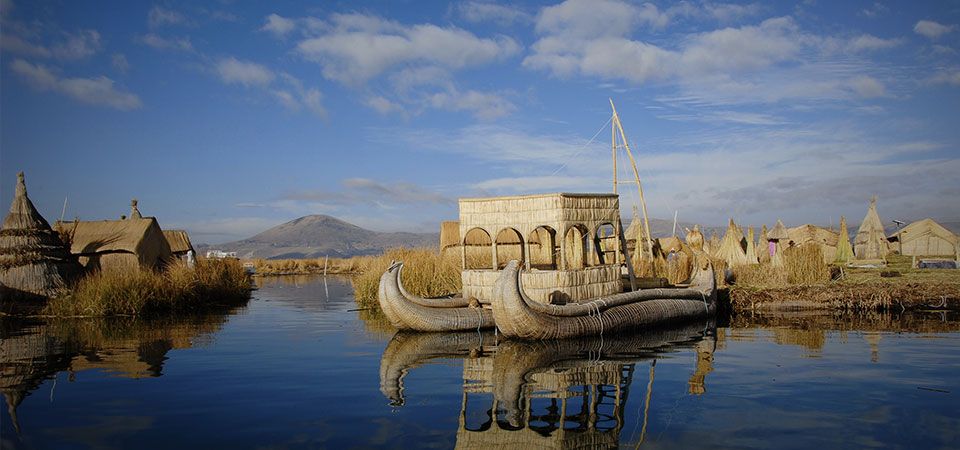
Colorful traditional clothing is usually the first cultural aspect that catches your eyes. But did you know the dress style varies from island to island? On Taquile Island, you can tell a man’s marital status, not by a ring on his finger, but the color of the hat on his head!
In 2005, Taquile and its textile art were declared an oral and intangible heritage of humanity by UNESCO. Both men and women take part in this ancient tradition, using hand needles and looms to weave cultural significance - indicated by different designs and colors - into each garment.
Of all the inhabited islands on the Peruvian side of Lake Titicaca, Amantani is often regarded as the most authentic and a place with undeniable beauty. Distance quite literally separates Amantani from mainstream tourism in Lake Titicaca. Travelers who make the voyage discover the island’s remote location is, in fact, a large part of its appeal.
Roughly 4,000 people live on the island in rural communities who, like their pre-Inca Pucara ancestors, raise livestock and farm potatoes, quinoa, beans, and peas. Amazingly, it’s still possible to walk along the island’s cobbled pathways to mountaintop temples of Pachamama and Pachatata without encountering other travelers, just friendly locals.
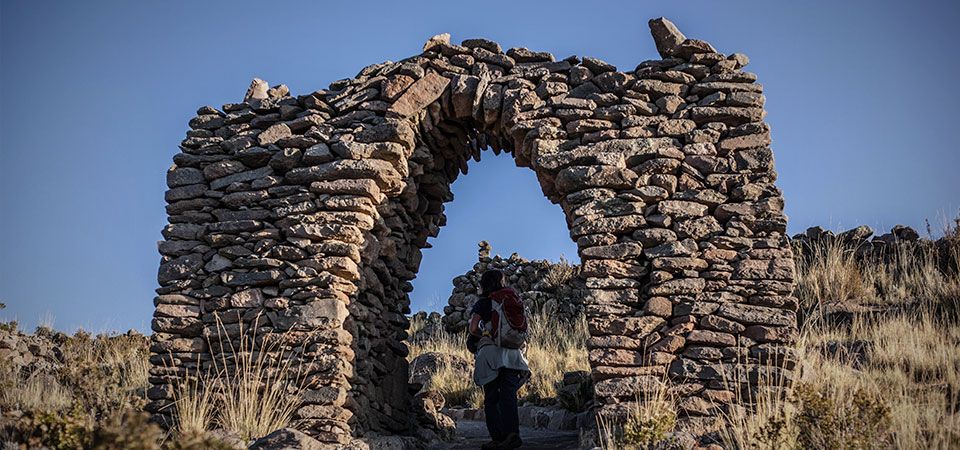
Suasi Island is the only privately-owned island in Lake Titicaca. Far away from Puno, just off the lake’s northeastern shore, the exclusive Isla Suasi resort is the perfect retreat for anyone who wants to truly disconnect. Unwind with a spa treatment or take a rest on a lounge chair in the garden overlooking the lake. With nature just outside your room, there’s no better way to reveal in its beauty than paddling out on a kayak or hiking to the lookout point at Itapilluni Hill.
Isla del Sol is a place of Andean legend. It’s the mythical birthplace of the Incas, where the Inca creator god Viracocha rose from Lake Titicaca with a very important mission. He created the sun, moon, and stars above, the surrounding universe, and the first Incas.
Sacred sites on the island honor its past. The Chincana ruins, also known as “The Labyrinth,” are believed to have been a holy complex for Inca priests. Travelers can visit these ruins from the island’s north-base village of Challapampa and then make the climb up Cerro Uma Qolla for a great lake view. Spending the night on Isla del Sol (highly recommended!) is a bit like taking a step back in time with no cars anywhere and locals walking past in traditional dress. The best way to explore the island is by walking the trail circuits connecting the northern part of the island to its southern tip.
Packing List
Here’s a checklist of items to bring in your daypack for an island hopping tour:
How to Get to Lake Titicaca
How to Get Around Puno
Health Concerns

Don’t just go to Lake Titicaca; go Lake Titicaca island hopping. Only a 30-minute ride away from the docks in Puno, the Uros floating islands are nearest to the city. A full-day tour is needed to explore both Uros and Taquile which are further out. Meet residents and learn firsthand about their centuries-old traditions.

The city’s pedestrian boulevard, Calle Lima, is a block away from the main plaza. This central thoroughfare is lined by shops, bars, and restaurants. Must-see city attractions include the Puno Cathedral, the Carlos Dreyer Museum, and the Yavari Boat Museum. Check out our 24-hour guide to Puno.
Puno, Peru



Sillustani is the main archaeological attraction in the Lake Titicaca region. Several circular and square burial towers, called chullpas, remain from this pre-Inca cemetery. The chullpas were the final resting place for nobles whose mummies were put in the tombs alongside gold artifacts and other earthly riches. The site is perched on a little peninsula in Lake Umayo and overlook beautiful altiplano scenery.
About 20 mi (30 km) north of Puno, Peru

The archaeological site at Cutimbo features tall burial towers called chullpas that are similar to those at Sillustani. The site was used by several different cultures, first, the Colla and Lupaca followed by the Inca. A trail from the main road leads up the circular and square-shaped Cutimbo chullpas perched on a table-topped mountain. Of particular interest are the monkey, snake, and puma shapes etched into the stones bricks of some ancient tombs.
About 15 mi (25 km) south of Puno, Peru.

The archaeological complex at Pukara is where the first regional population in the northern Lake Titicaca basin thrived between 500 BC – 200 AD. Weaving tools and shards of decorated pottery are among many artifacts discovered at Pukara that offer researchers important insight into the origins of Andean civilizations in the highlands. Visit the archaeological site and the Pukara Lithic Museum on a day trip from Puno.
Pukara is 60 mi (100 km) north of Puno, Peru.

The Temple of Fertility, or Templo de Inca Uyu as it’s known in Spanish, is the main attraction of Chucuito, a small town on the banks of Lake Titicaca just south of Puno city. Within the walled-off complex are rows of eyebrow-raising stone statues of male genitalia. Rumor has it that women trying to get pregnant once frequented the temple to perform fertility-boosting rituals. While the stone wall at the temple is distinctly Inca, the originality of the statues and their placement at the site is up for debate.
The town of Chucuito is 11 mi (18 km) south of Puno, Peru.

After exploring the Peru side of Lake Titicaca, you can extend your stay and cross the border into Bolivia and head to Copacabana. Instead of taking the bus from Puno to Copacabana, consider taking a Lake Titicaca Catamaran Tour. Much smaller than Puno, this lakeside Bolivian town is popular for grabbing a boat to Isla del Sol and Isla de la Luna. You can also spend a free afternoon around Copacabana, perusing the souvenir shops and walking up to Calvary Hill (Cerro El Calvario) for a nice lookout over town and lake.
Copacabana, Bolivia

The UNESCO Heritage Site of Tiahuanaco (also spelled Tiwanaku or Tiahuanacu) is accessible from the Bolivian side of Lake Titicaca and an impressive spiritual and political city left behind from the Tiahuanaco culture (500 and 900 AD). Many of the original adobe-structures are long gone, but the remains of impressive stone structures still stand including the cross-shaped pyramid of Akapana, the Semi-Subterranean temple, the 131-metric ton Ponce monolith at Pumapunku, and the temple of Kalasasaya.
Tiahuanaco is 110 mi (180 km) from Copacabana, Bolivia.

Isla Esteves s/n, Puno
 8.8 |Excellent
8.8 |Excellent 4 |Very good
4 |Very good
Avenida Sesqui Centenario 1970, Sector Huaje, Puno
 8.6 |Excellent
8.6 |Excellent 4 |Very good
4 |Very good
Avenida Chulluni 195, Puno
 8.2 |Very good
8.2 |Very good 4 |Very good
4 |Very good
Jr. Independencia 143, Puno
 8.2 |Very good
8.2 |Very good 4 |Very good
4 |Very good
Mojsa is one of the nicest restaurants in Puno. Its relaxed ambiance and charming balcony with views overlooking the Puno Cathedral is a great way to unwind after a long day of exploration. Order from a well-assorted menu of typical Peruvian dishes including aji de gallina, lomo saltado, and rocoto relleno.
Puno is the folklore capital of Peru. This recognition stems from the wealth of artistic expressions and dynamic traditions showcased during the city’s numerous Aymara and Quechua-infused celebrations.
When Spanish colonialism made its imprint on the altiplano region during the 16th century, the indigenous communities adopted Catholicism in a selective manner. Churches were built in Puno city and Catholic holidays asserted into the annual calendar. Yet no local would think about planting crops without paying respects to Pachamama, or “Mother Earth.” The result was a glorious mix of religious syncretism that is evident in its annual folkloric celebrations.


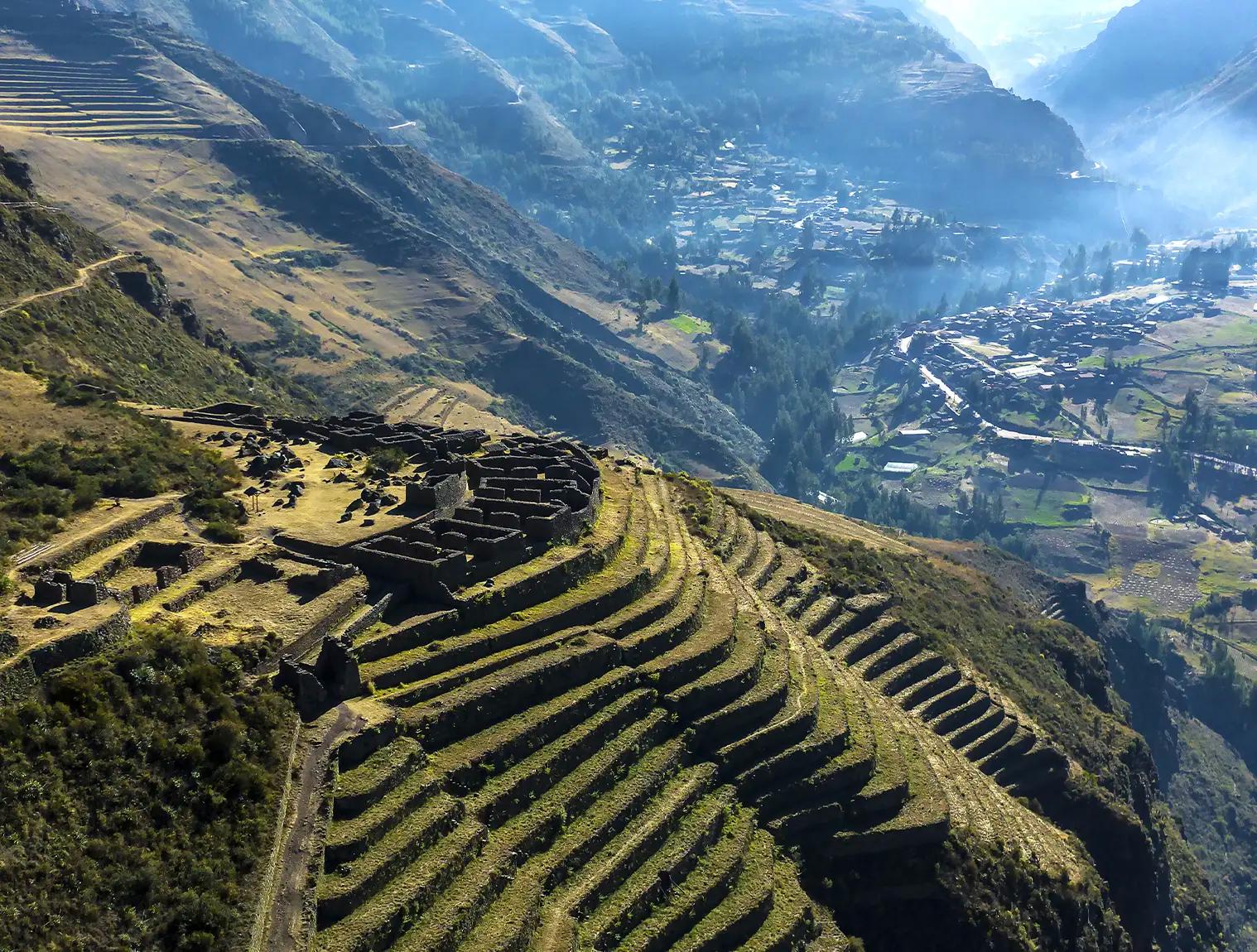

12 days from $4139
Lima, Arequipa, Colca Canyon, Machu Picchu, Cusco, Titicaca
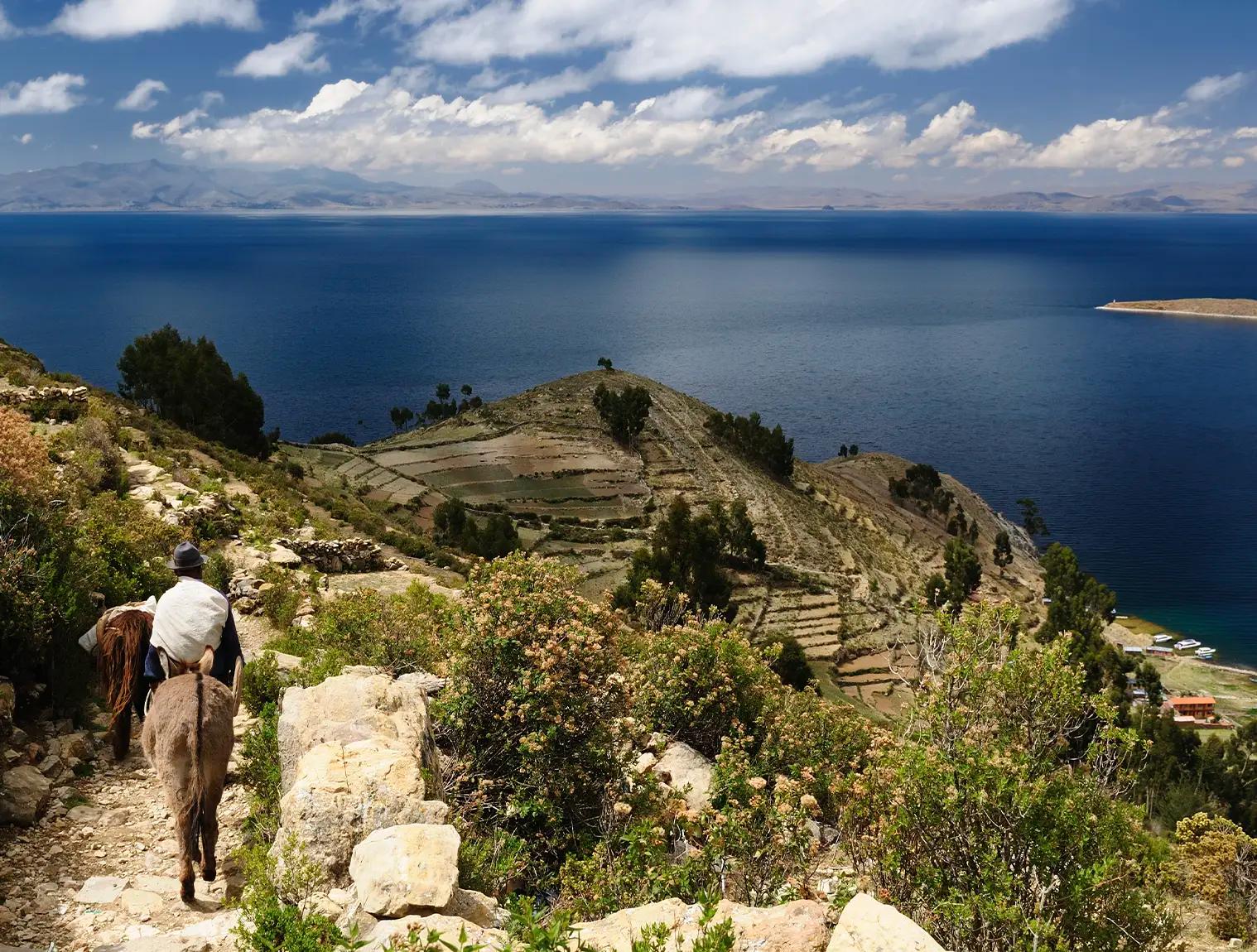

10 days from $3649
Machu Picchu, Cusco, Sacred Valley, Puno & Lake Titicaca
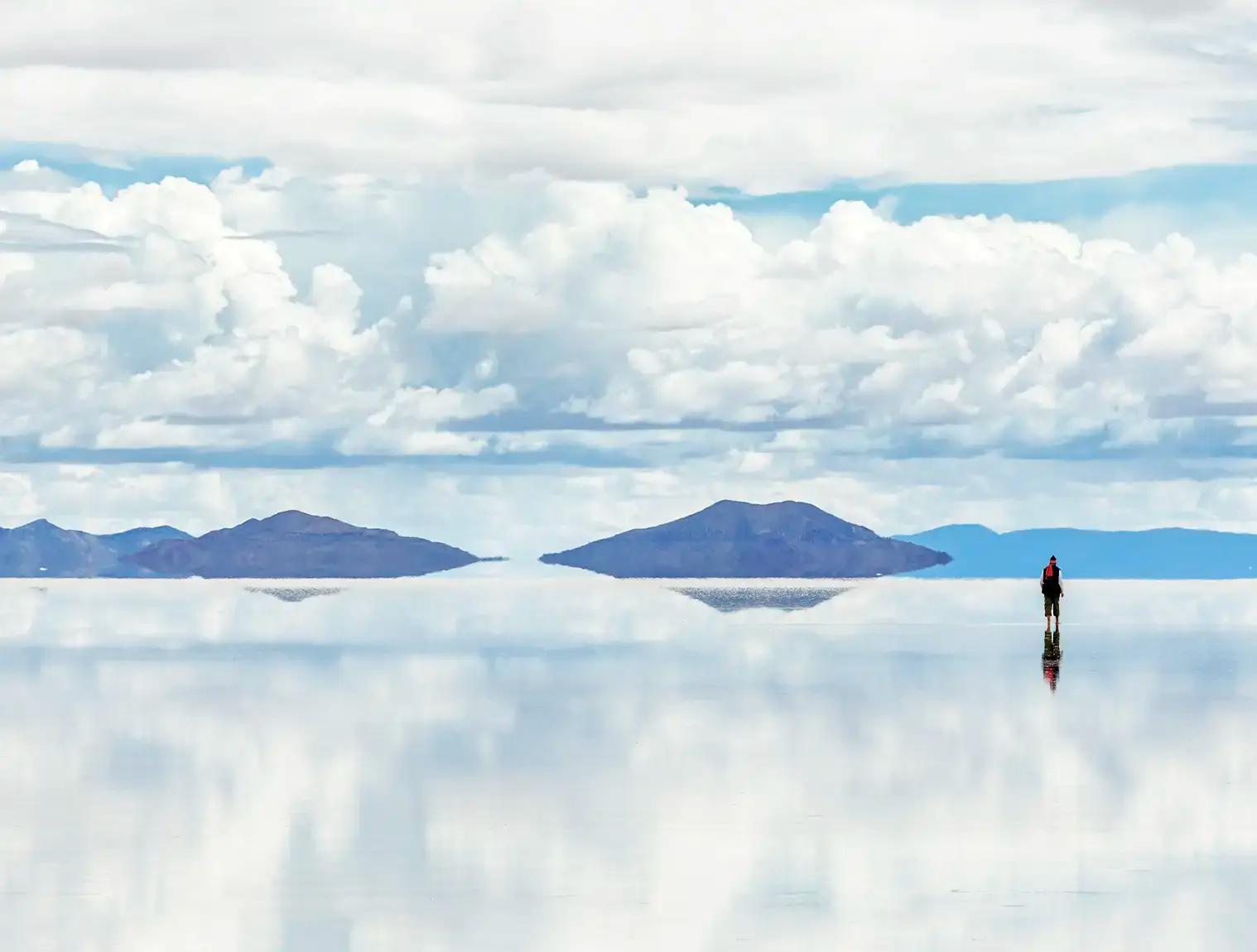

11 days from $3769
Cusco, Machu Picchu, Titicaca, La Paz, & Uyuni
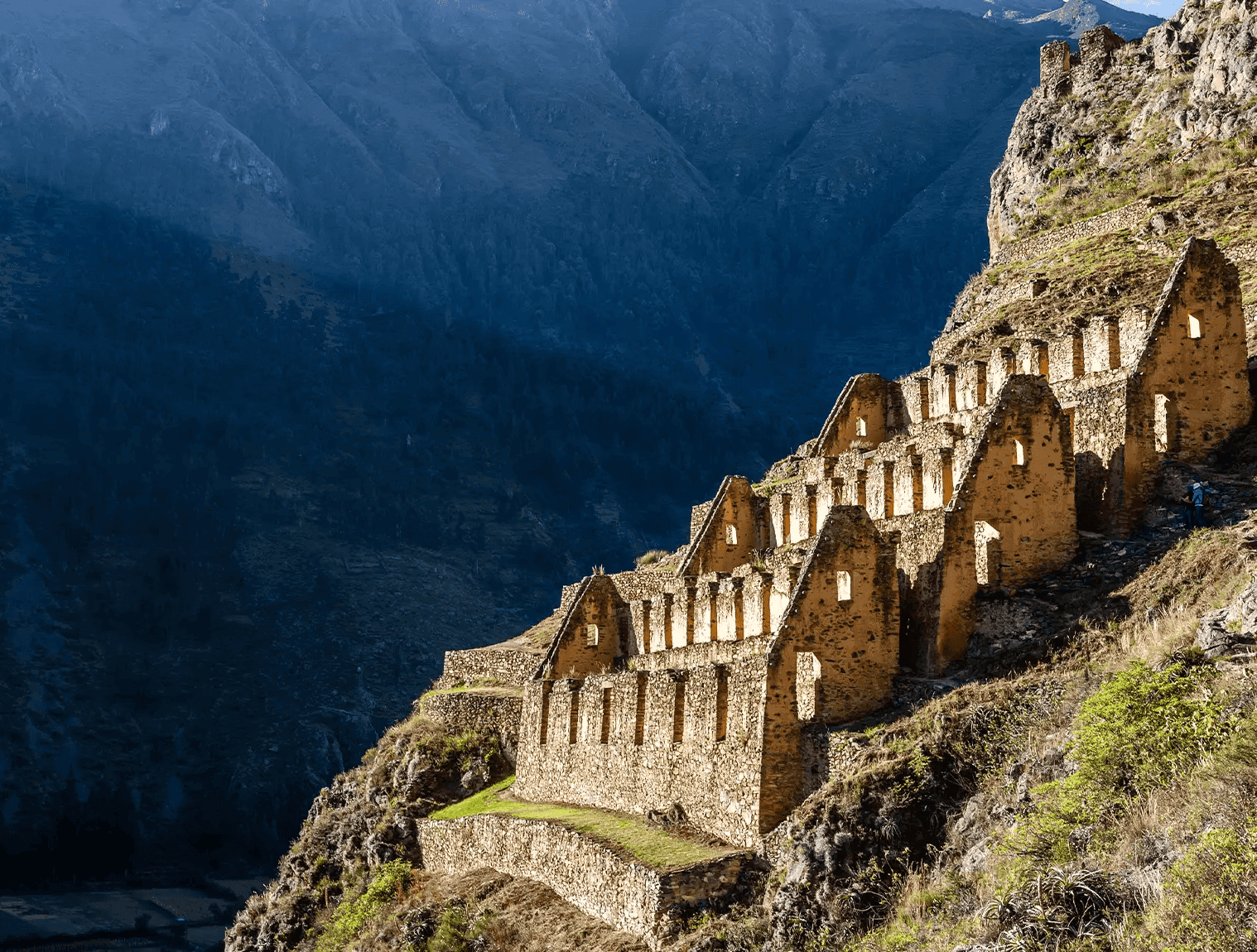
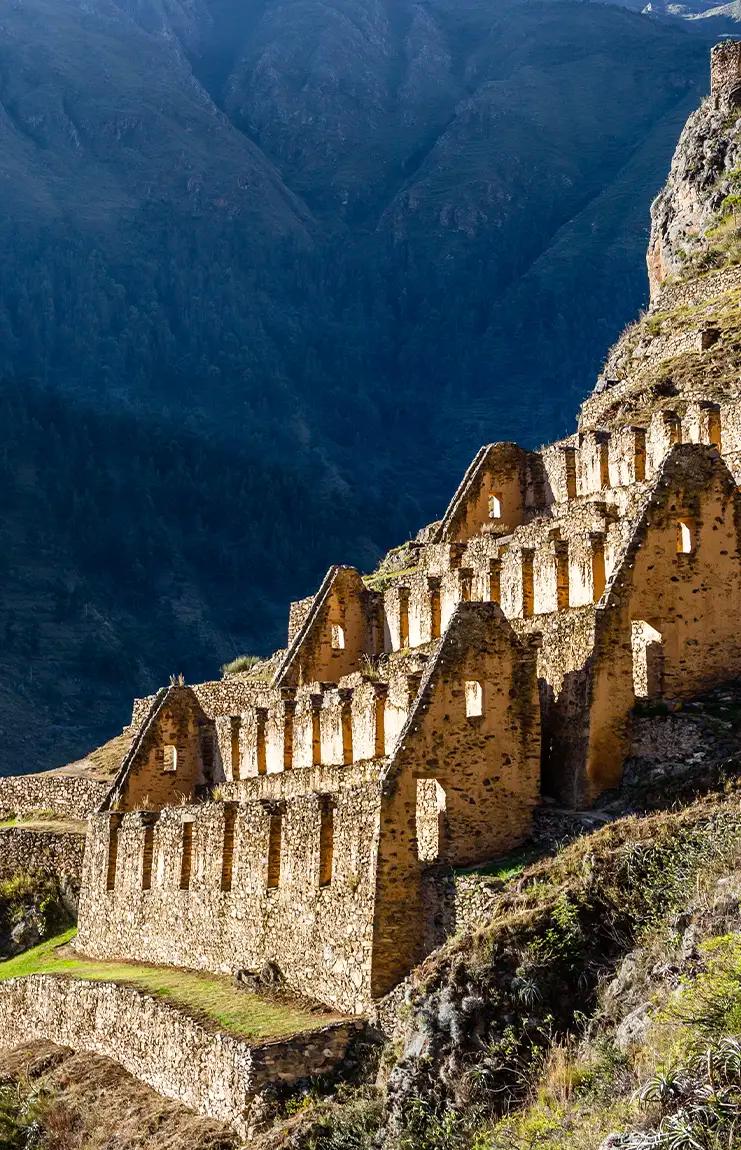
15 days from $3949
Machu Picchu, Cusco, Titicaca, Amazon, Lima, Paracas, Arequipa & Colca
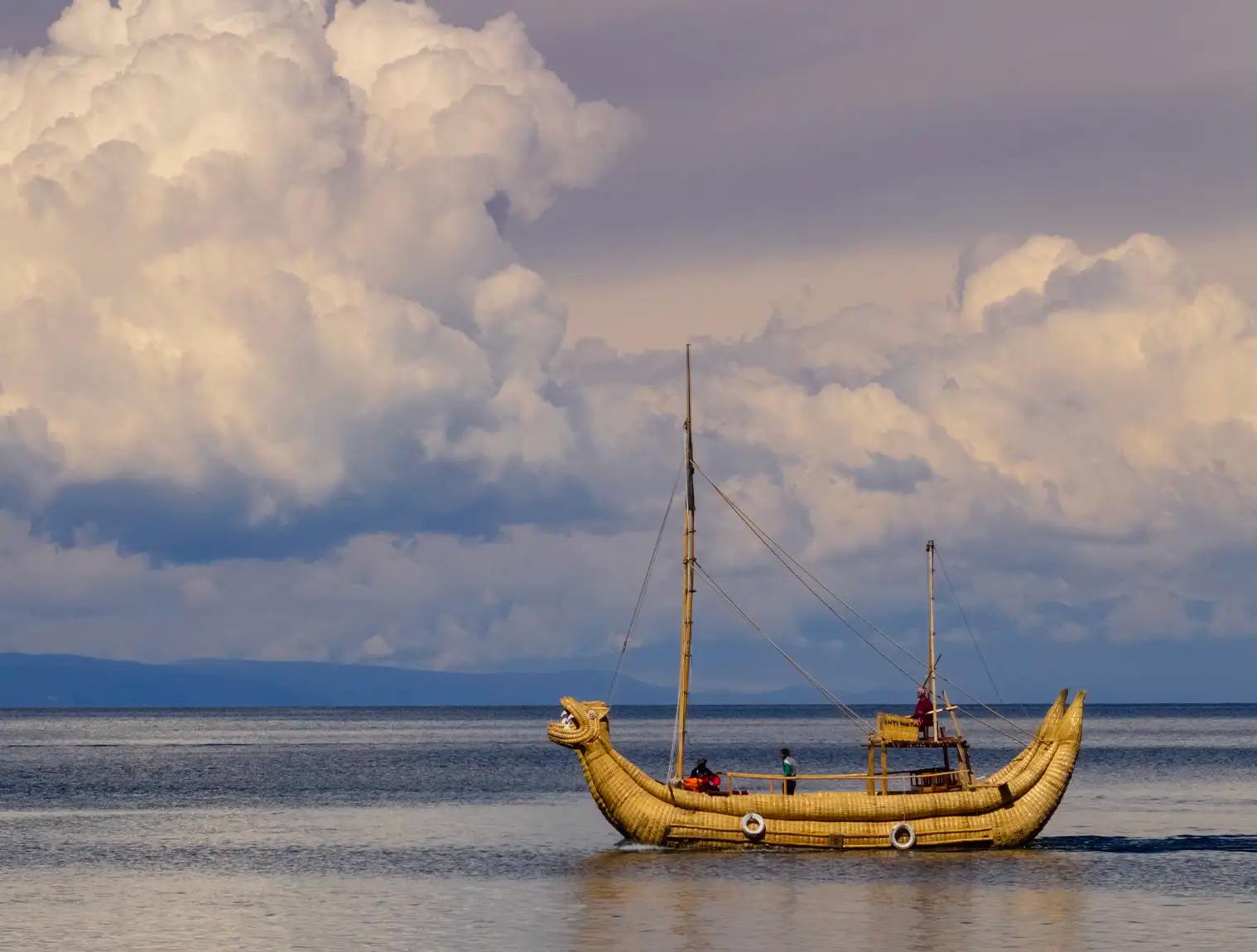

13 days from $4369
Amazon, Cusco, Machu Picchu & Titicaca
Email: [email protected]
Sign up to receive our newsletter for great articles, stunning photos, and special deals.